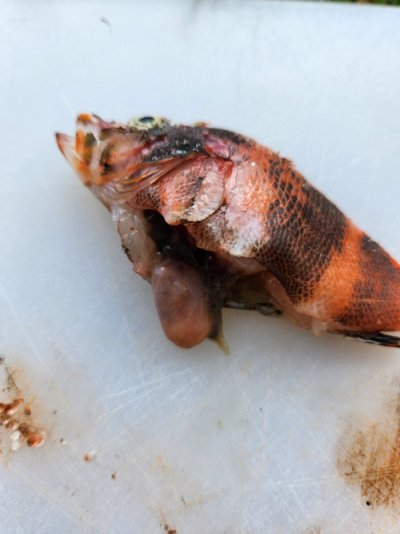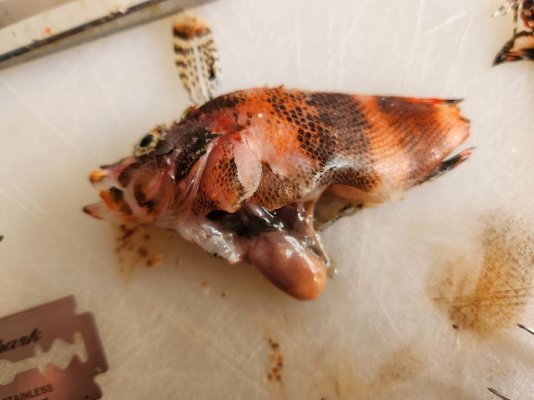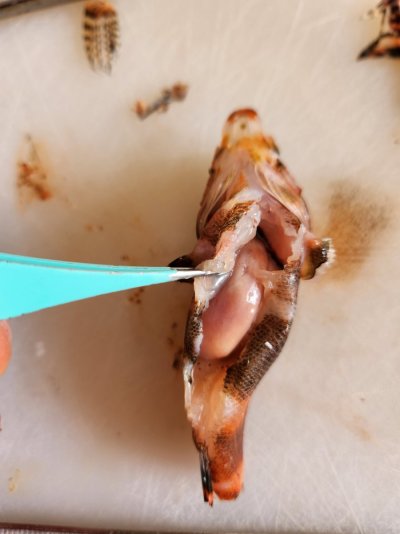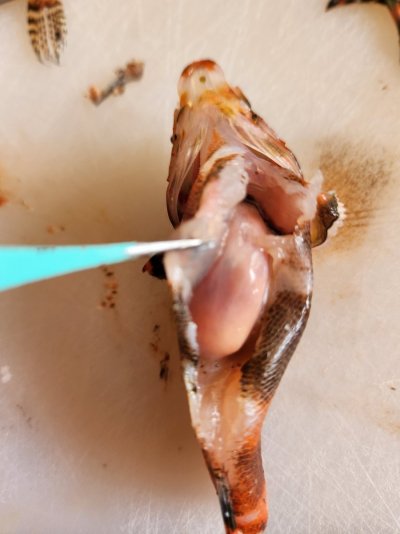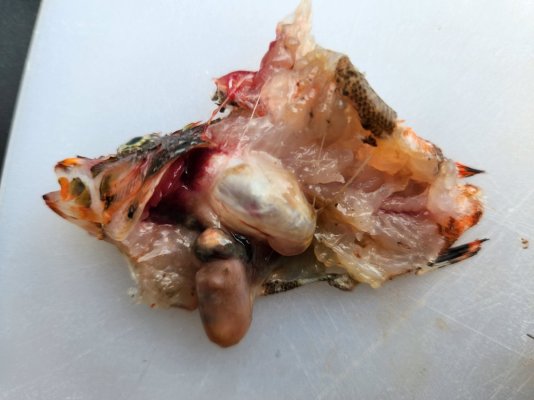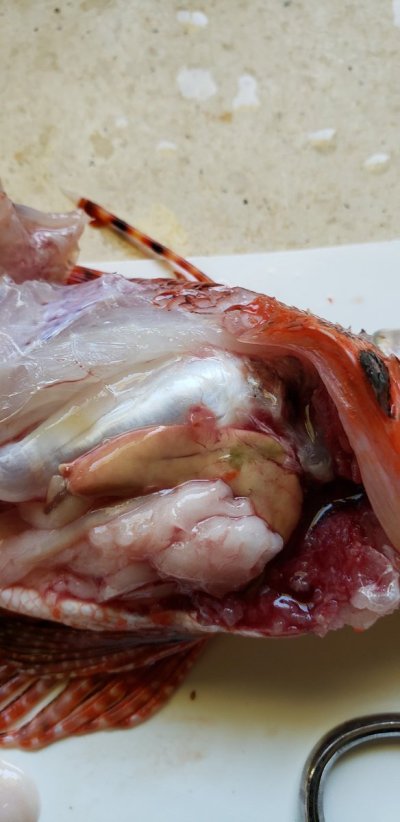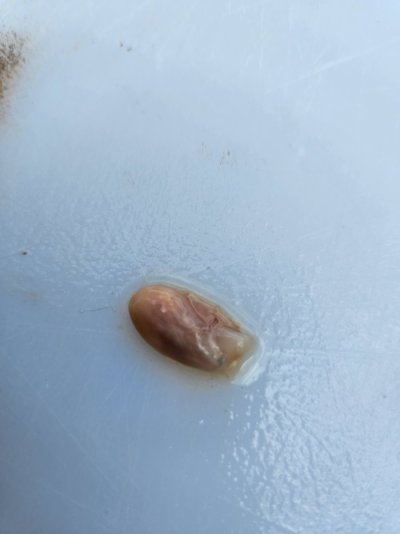Woke up this morning to see my Fu Manchu Lion fish had suddenly passed away. Checked my usual parameters and everything looks good, Nitrates a little high at 40ppm, it's a Fowlr tank.
He's only been fed a live diet or river shrimp and guppies with the additionol supplemantion or frozen shrimps and a small amount of Krill.
Keen to get your thoughts on this, I've pressured the shop owner I purchased him from in November last year and it turns out he was kept in a "theraptic" dose of copper, I do wonder if that's behind this @lion king?
Any thoughts or suggestions would be appreciated.
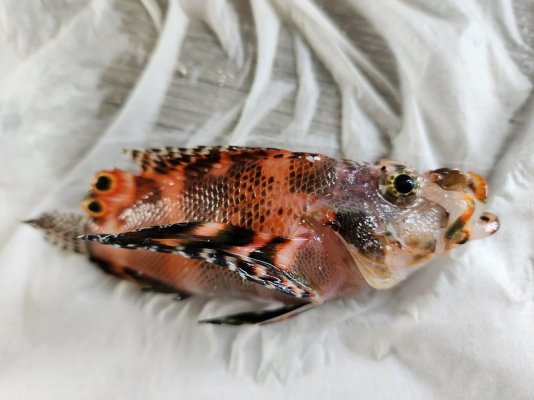
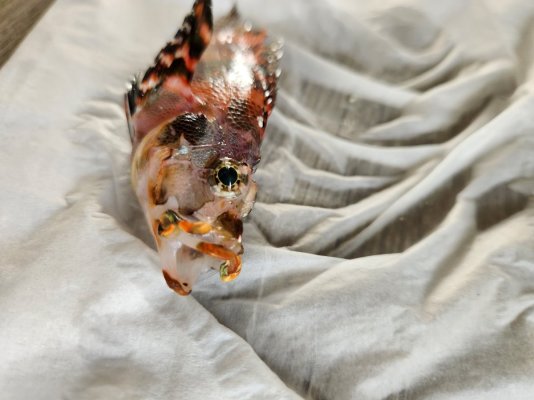
He's only been fed a live diet or river shrimp and guppies with the additionol supplemantion or frozen shrimps and a small amount of Krill.
Keen to get your thoughts on this, I've pressured the shop owner I purchased him from in November last year and it turns out he was kept in a "theraptic" dose of copper, I do wonder if that's behind this @lion king?
Any thoughts or suggestions would be appreciated.









